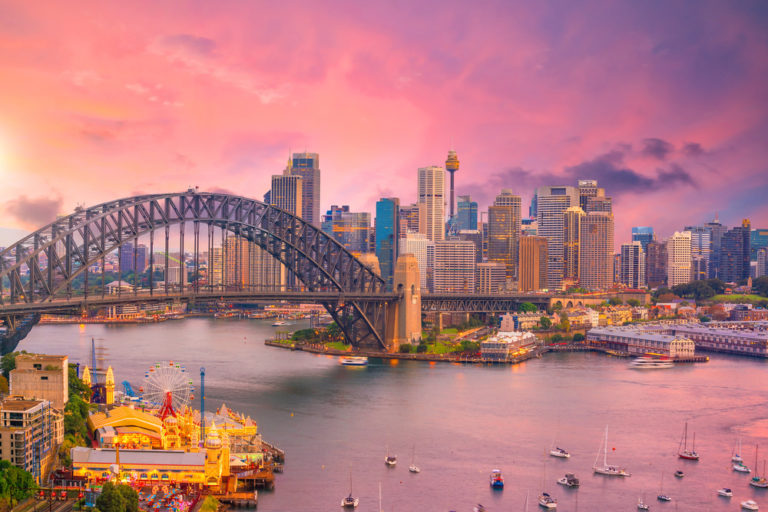Australia goes clean to stay green
Different measures have been taken to help the country reach its net zero by 2050

Australia is home to multiple natural resources, giving it the nickname of “Lucky Country”. However, Canadian export corporation EDC noted how the country has been facing an increase in climate crisis events since 2019, whether it be bushfires, drought, or floods. These are all crisis events brought on by climate change. Due to this recurring crisis, the Australian Energy Market Operator (AEMO) announced a rise in the price of energy sources which may lead to possibilities of random power outages starting June 2022.
This action was part of the Climate Change Bill 2022, which aims to reduce emissions by 43 percent before 2030, acting as a checkpoint for the country’s road to achieving net zero by 2050. To support this, the government launched a strategy of producing large-scale hydrogen hubs for creating and exporting clean energy.
According to solar photovoltaics-centred journal PV Magazine, most of Australia’s clean energy comes from wind, solar, and hydro, recently peaking their contributions to the fall of coal and gas as fuels.
More: Proptech paves the way for green building adoption in developing countries
Rooftop solar energy panels reached 10,685 Megawatts at the end of December 2022, showing an eight percent rise compared to the previous year. Wind and grid scale reached 4,432MW and 1,644MW respectively.
In order to reach their goal, Australia partnered with the Netherlands to support the creation of a hydrogen supply chain. Technology-neutral publication Energy Magazine revealed that Chris Bowen, the Federal Minister for Climate Change and Energy in Australia, and Rob Jetten, the Minister for Climate and Energy in Netherlands, who acted as representatives and signed a Memorandum of Understanding (MoU) for this partnership
The MoU focuses on Australia and the Netherlands’ hydrogen trade policy, the Port of Rotterdam infrastructure and the supply chain development, innovative hydrogen technologies, equipment, and services, and government policies behind the licensing and regulations for the handling of the hydrogen itself.
The Property Report editors wrote this article. For more information, email: [email protected].
Recommended
6 green real estate projects reshaping Asia’s future
Developers are being incentivised to push a green agenda into daring new realms
ARES White Paper Volume 3: The era of adaptive reinvention
Pioneering sustainable and innovative practices in urban development
ARES White Paper Volume 2: Unravelling the power of data revolution in real estate
Insights on proptech, smart cities, and sustainable development
ARES Digital White Paper Volume 1: The fundamentals of responsible building
Green and climate heroes join forces to discuss how Asia Pacific can weather the current environmental crises and the looming effects of climate change






